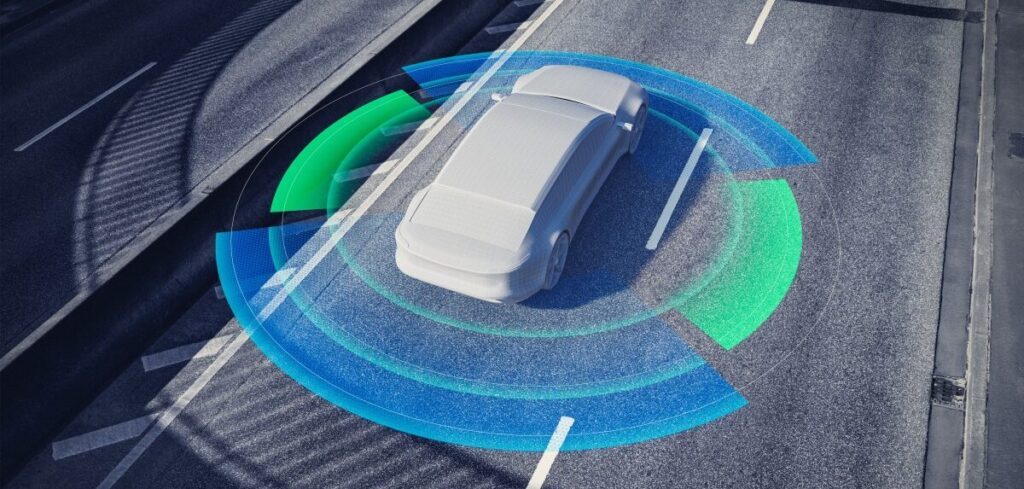Bosch and the Volkswagen Group subsidiary Cariad have agreed to form an extensive partnership aimed at making partially and highly automated driving suitable for volume production.
For the vehicles sold under the Volkswagen Group brands, the alliance aims to develop Level 2 hands-free systems for urban, extra-urban and freeway driving, as well as a system that takes over all driving functions on the freeway (SAE Level 3). The first of these functions are to be installed in 2023.
For partially and highly automated driving, the two companies say they will jointly develop a state-of-the-art, standardized software platform. The aim is to use this platform in all private vehicle classes sold under Volkswagen Group brands. It will also be possible to integrate all the component parts developed by the alliance in other auto makers’ vehicles and ecosystems.
“For privately owned vehicles, progress to automated driving happens one step at a time. At Bosch, we’ve been working successfully on this for many years now. Together with Cariad, we will now be accelerating the market launch of partially and highly automated driving functions across all vehicle classes, and thus making them available for everyone. This will make driving on the roads safer and more relaxed,” said the Bosch board of management member Dr Markus Heyn. “We will be able to offer the solutions we create to our other customers as well, and in this way set new standards.”
At various locations belonging to the two companies, and especially in Stuttgart and Ingolstadt, associates from the Bosch Cross-Domain Computing Solutions division and Cariad will work together to develop partially and highly automated driving functions. Working in mixed, agile teams, they will be part of a global network. At peak times, it is expected that the various modules required by the project – from middleware to individual applications – will occupy more than 1,000 experts from the two companies.
“Automated driving is key to the future of our industry. With our cooperation, we’ll strengthen Germany’s reputation for innovativeness. Bosch and Cariad will further enhance their expertise in the development of pioneering technologies,” added Dirk Hilgenberg, Cariad CEO. “This underscores our ambition to deliver the best possible solutions to our customers as soon as possible.”
Bosch says the focus of the project’s work will be data-driven software development on the basis of information from 360° surround sensing. For this purpose, an innovative development environment will be created for the recording, evaluation and processing of data. The environment will also make use of AI methods. The idea behind this is a simple one. The more extensive the pool of data from real road traffic, the more robust and natural the design of the partially and highly automated driving functions can be. This applies, for example, to additional layers for high-resolution maps for the localization and lateral and longitudinal guidance of vehicles. The alliance will also be working on these layers. Moreover, it applies equally to everyday driving situations and to what are known as “corner cases” – the seldom occurring road-traffic incidents that are especially tricky for a system to resolve.
“Together, we can test automated driving functions on a broader scale in actual vehicles and implement them more quickly. Our engineering work will be done jointly, with Bosch and Cariad as one team. There has never been an alliance like this in the automotive industry,” noted Dr Ingo Stürmer, the alliance’s project director at Cariad.
This also involves feeding the data gathered in real traffic conditions into the development process – continuously and in real time. Each kilometer driven in real traffic conditions, and the data gathered, evaluated and processed as a result, means a bigger pool of data and a better basis from which to make even higher levels of automated driving reality and get them safely and reliably onto roads. The partners have also agreed to examine the possibility of joint development targets and timelines on the path to fully automated driving (SAE Level 4).


